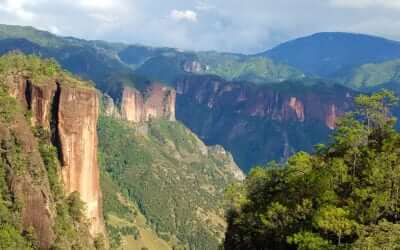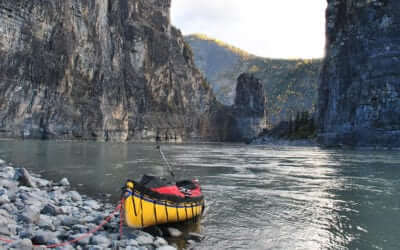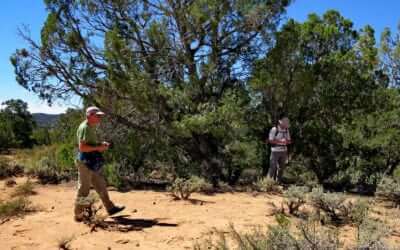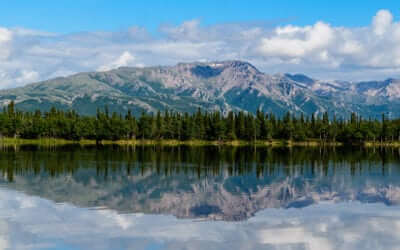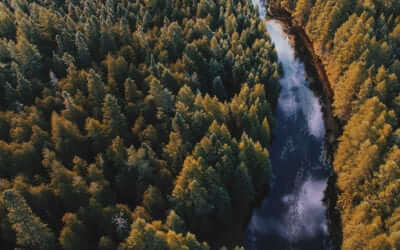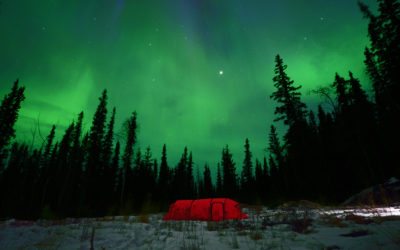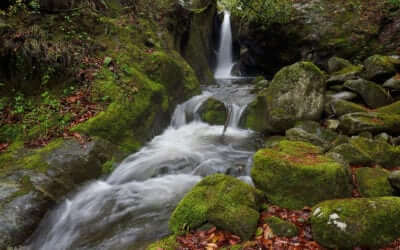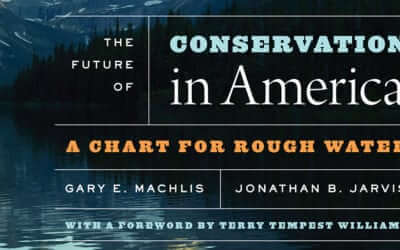Photo © Staffan Widstrand / Wild Wonders of China
In this issue
In this issue of the International Journal of Wilderness, Vance Martin announces that the 11th World Wilderness Congress, or WILD11, will convene in China in late 2019. Read through his editorial, “WILD11: Why China…and Why Now” to get the full scoop.
Additionally, Cao Yue and others present a preliminary study mapping wilderness in mainland China. Carol Griffin, Jeff Marion, Jeremy Wimpey, and others examine campsite policies in wilderness related to Leave No Trace guidance, recreation ecology, and management practices across several articles. Amelia Romo and others also examine the impact of wilderness therapy programs in wilderness settings. And much more!
Get started by reading the articles below. You can also view and/or download the full issue at the bottom of this page.
Articles
WILD11: Why China, and Why Now
The 11th World Wilderness Congress (WWC), or WILD11, will convene in China in late 2019. Our China partners have promised exact venue and date for 2019 in September of this year.
Paradigms Lost: A Rumination on the Pursuit of Wildness
Recently, two reissued books from the early 1900s caught my attention. The books are That Summer on the Nahanni 1928: The Journals of Fenley Hunter and Sleeping Island: A Journey to the Edge of the Barrens, by P. G. Downes.
Understanding and Mitigating Wilderness Therapy Impacts: The Grand Staircase-Escalante National Monument Case Study
Studies demonstrate that wilderness therapy programs can be beneficial for participants; however, little research has explored the ecological impacts of these programs.
Visitor Experiences of Wilderness Soundscapes in Denali National Park and Preserve
Denali National Park and Preserve (DNPP), home to 6 million acres (2,428,114 ha) of land protected as wilderness, has collected a variety of biophysical acoustic data related to a backcountry management plan.
Quantifying the Range of Variability in Wilderness Areas: A Reference When Evaluating Wilderness Candidates
Wilderness areas of the National Wilderness Preservation System (NWPS) serve as core units of a national system of conservation reserves in the United States.
Camping Setbacks Near Waterbodies in Wilderness: Leave No Trace Messages and US Forest Service Regulations
Consistent messaging is key to public acceptance and use of the LNT principles. The more the public accepts and uses the LNT guidelines, the less likely it is that agencies will need to develop recreation-related rules in wilderness.
Conflicting Messages about Camping Near Waterbodies in Wilderness: A Review of the Scientific Basis and Need for Flexibility
We concur that regulatory and messaging consistency is a beneficial mutual goal and suggest that it’s time to reexamine the biophysical and social scientific basis for such guidance.
Applying Recreation Ecology Science to Sustainably Manage Camping Impacts: A Classification of Camping Management Strategies
Wilderness and other protected natural areas such as national forests, parks, and refuges are managed to provide high-quality recreational opportunities while preserving natural resource conditions.
A Preliminary Study on Mapping Wilderness in Mainland China
With a growing appreciation of the intrinsic value of wilderness, more attention is being paid to wilderness protection and management especially as threats increase and remaining wilderness areas shrink in size.
Book Review
When asking graduate students which environmental public intellectuals I should read, Paul Kingsnorth’s name is frequently mentioned
Book Review
The rise of neoliberalism in America has changed the way in which conservation, including wilderness conservation, is perceived.
View the full journal
Please note: Individual electronic access, passwords, and IP address access are intended for the subscriber only. These means of access should not be shared, posted, or distributed without the consent of the IJW team.
To download: click the button above, and then click the download button at the top left corner of the newly opened tab.


